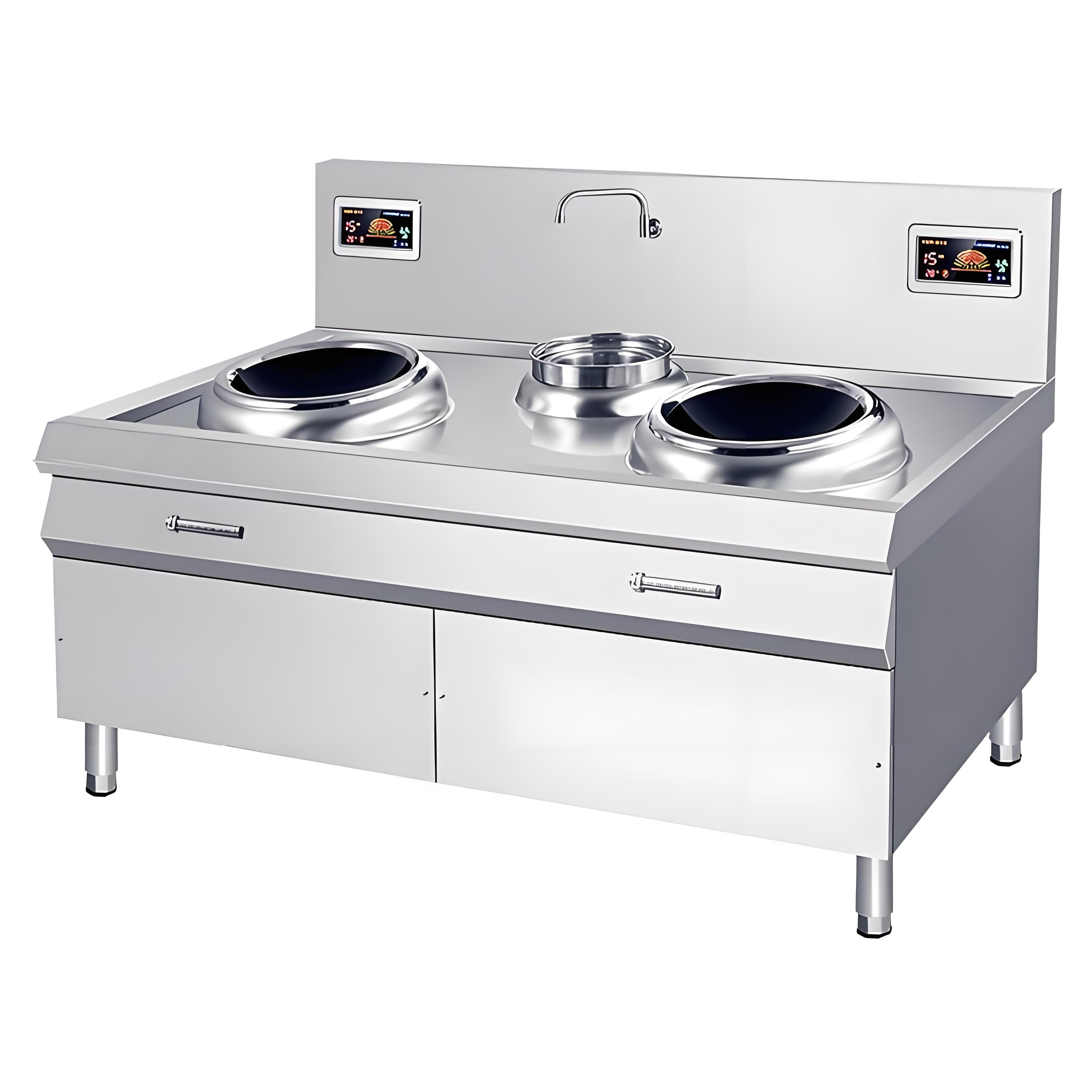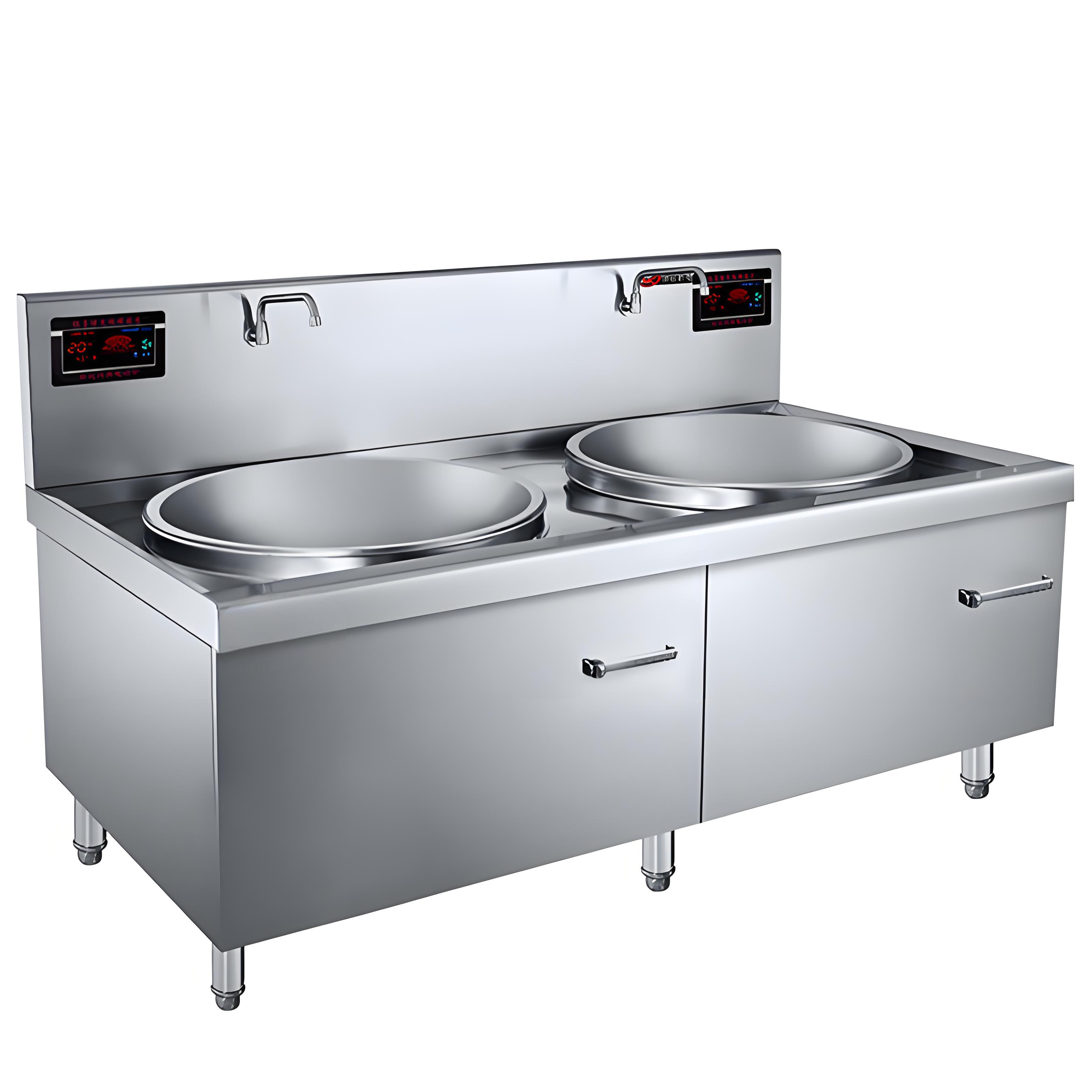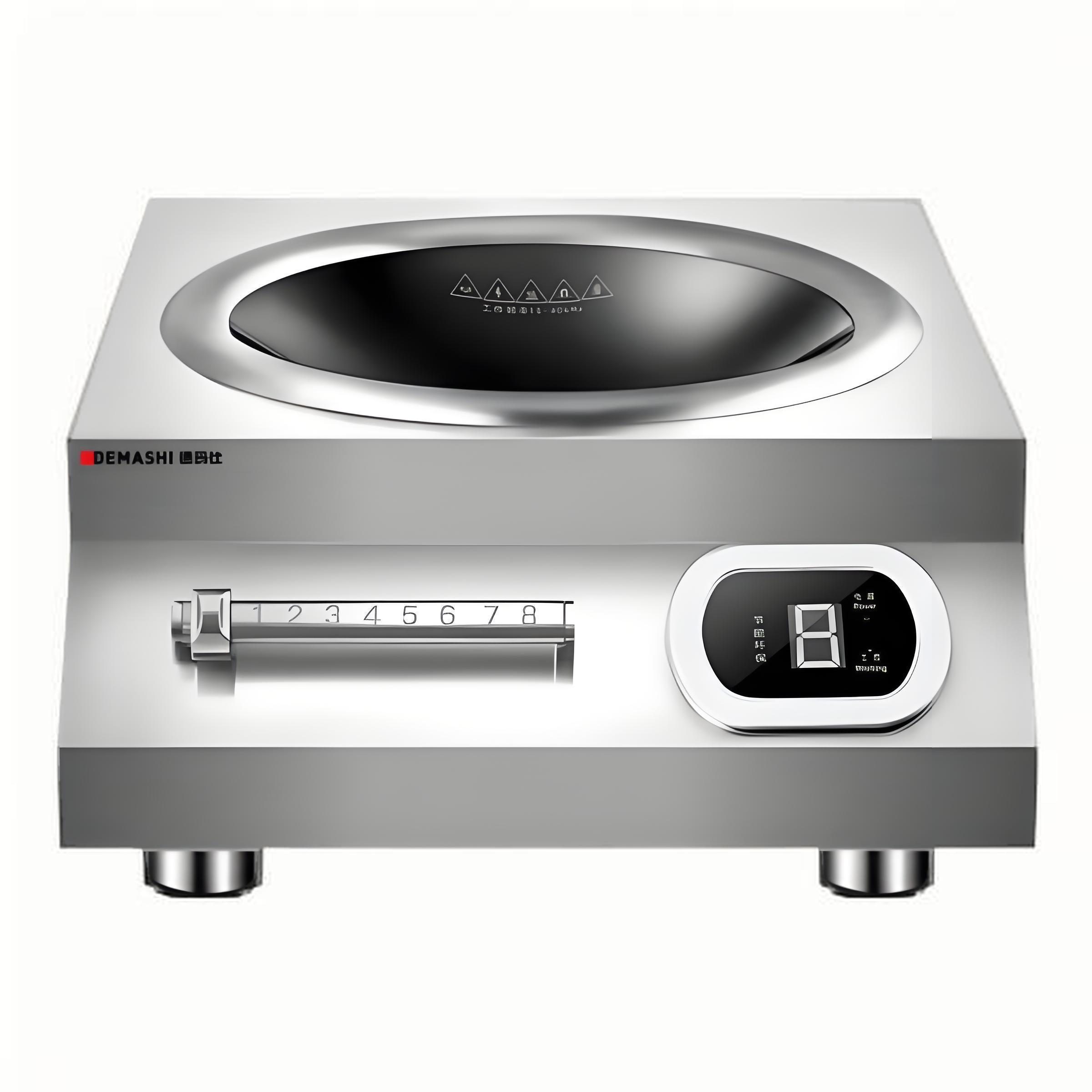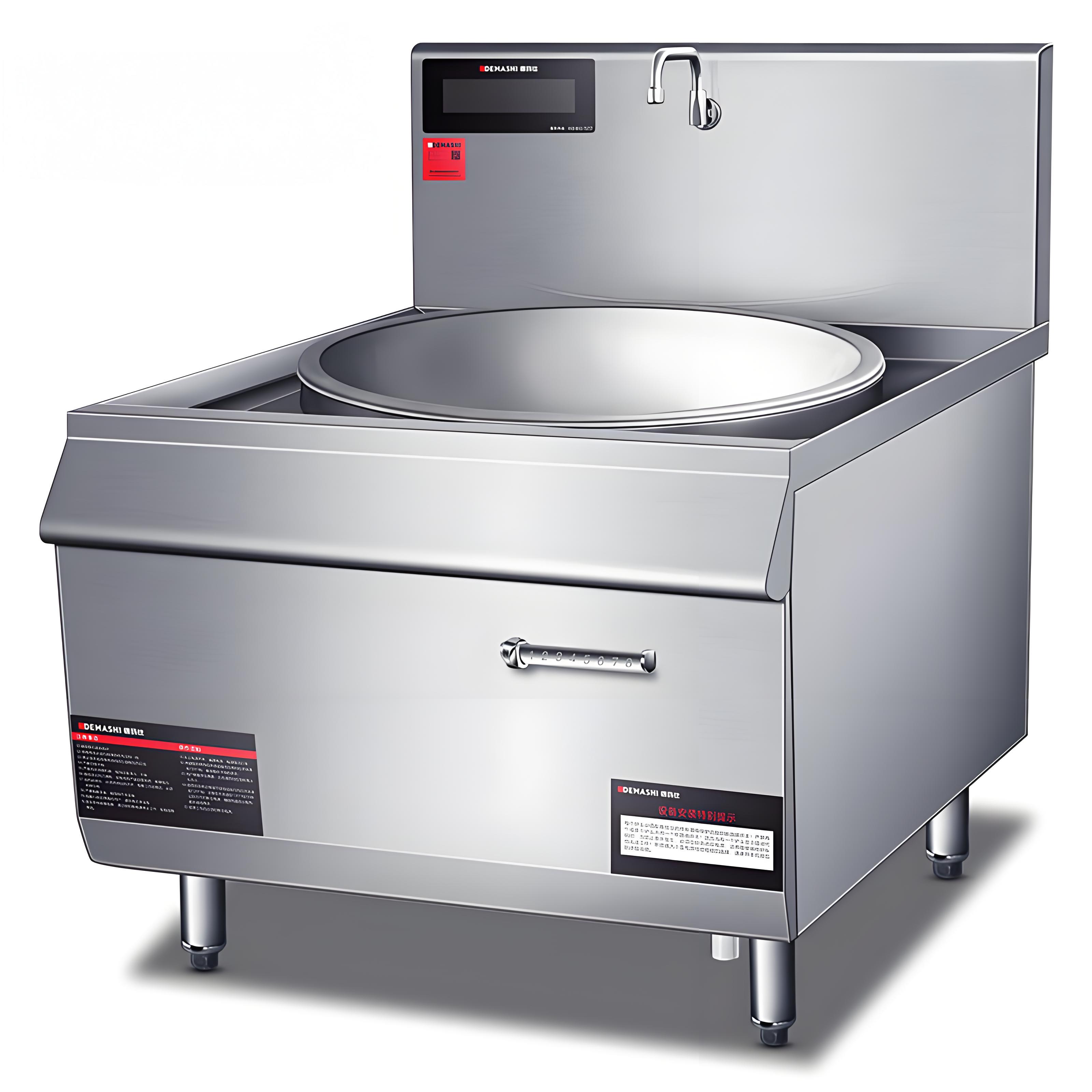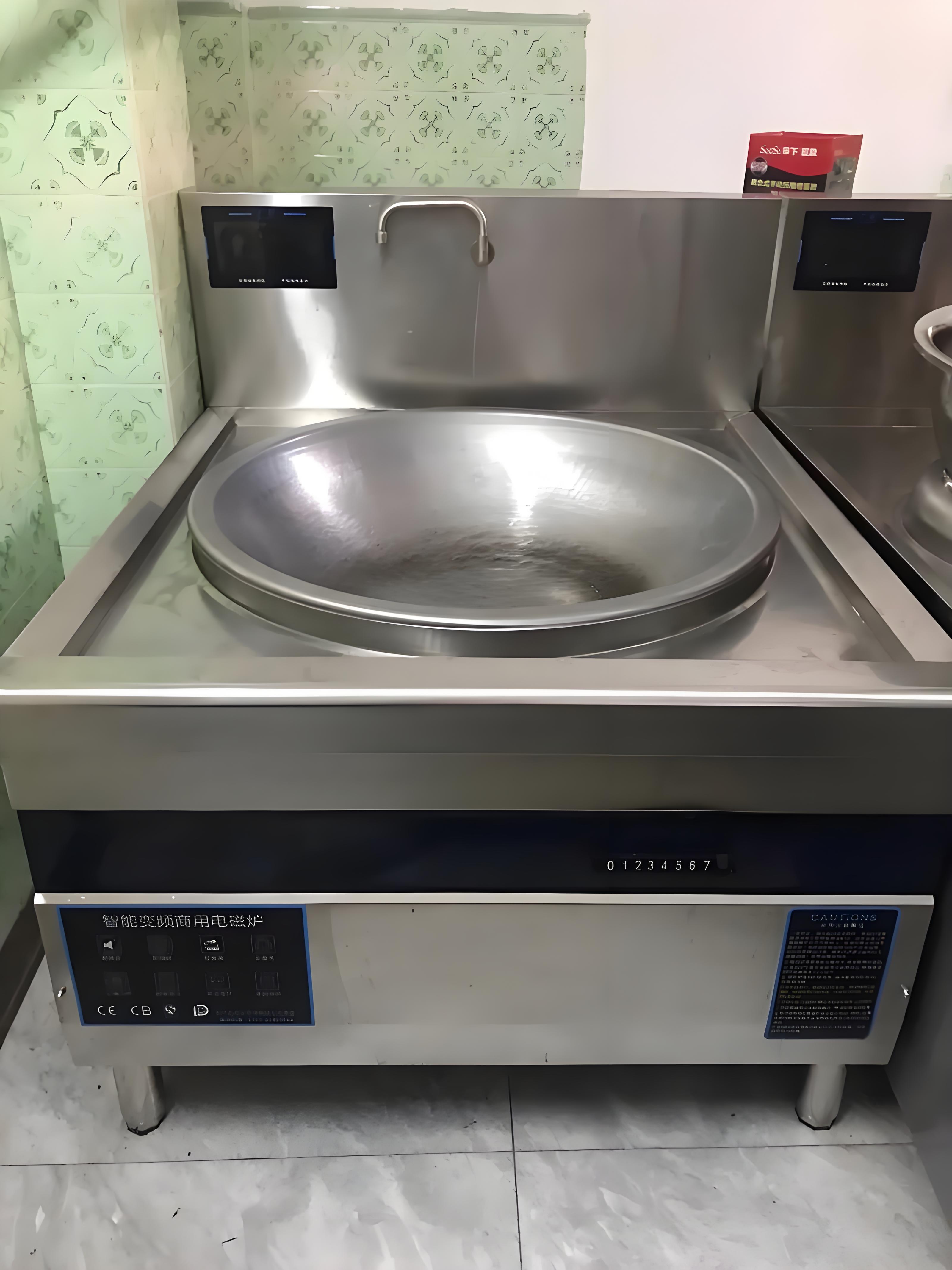Over the years, I’ve been exploring kitchen appliances, helping countless friends, clients, and readers learn about the world of induction cooktops. These stylish and efficient appliances have become a must-have in the modern kitchen, but with so many options on the market, judging the quality of an induction cooktop can seem like a daunting task. Whether you’re upgrading your kitchen or replacing an older unit, you want a cooktop that’s reliable, safe, and good value for money. Drawing on my experience testing cooktops first-hand and offering buying advice, I’ll walk you through the key factors to evaluate, share practical tips, and help you avoid common pitfalls, so you can confidently choose a high-quality model.
Why Quality Matters in Induction Cooktops
Induction cooktops use electromagnetic fields to heat cookware directly, offering faster cooking, energy efficiency, and precise temperature control compared to gas or electric stoves. But not all induction cooktops are created equal. A high-quality model can last a decade or more, while a subpar one might frustrate you with inconsistent heating, flimsy build, or frequent breakdowns. I’ve seen firsthand how a good cooktop transforms cooking—my cousin swears by hers for whipping up stir-fries in minutes—while a cheap one left a friend stuck with unevenly cooked meals and a cracked surface.
So, how do you separate the gems from the duds? Below, I’ll break down the key indicators of quality, from build materials to performance features, and share insights from my own trials and errors in the kitchen.
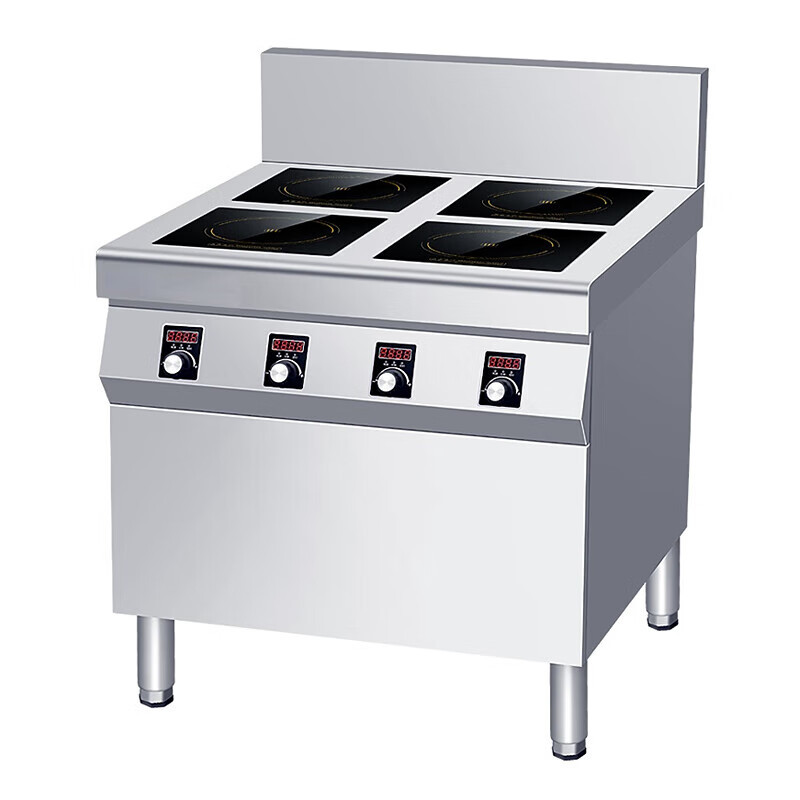
Key Factors to Evaluate Induction Cooktop Quality
Based on my experience testing and researching induction cooktops, here are the critical aspects to consider when judging quality:
1. Build Quality and Materials
The first thing I check is the cooktop surface material. Most induction cooktops use ceramic glass (often called Schott Ceran or similar), which is durable, heat-resistant, and easy to clean. High-quality models have a smooth, thick surface that resists scratches and cracks. I once tested a budget cooktop with a thin glass surface that scratched after a month of light use—lesson learned. Look for a surface that feels solid and has a slight sheen, indicating quality manufacturing.
The housing and frame matter too. Premium cooktops often use stainless steel or reinforced plastic for the edges, ensuring stability. Cheaper models might use flimsy plastic that warps over time. I had a client whose budget cooktop’s frame started creaking after a year, making it feel unstable during heavy use.
2. Power and Heating Performance
A quality induction cooktop delivers consistent, powerful heating. Check the wattage—most good models range from 1800W to 3700W for a single burner or multi-zone unit. Higher wattage means faster boiling and better searing, but it should be paired with precise temperature control. I’ve cooked on a 2000W portable cooktop that boiled water in under 2 minutes, but its coarse temperature settings made simmering sauces a nightmare.
Look for models with multiple power levels (at least 8-10) and boost functions for quick heating. Also, check if the cooktop has flexible cooking zones that adjust to different pan sizes. My current cooktop has a flex zone, and it’s a game-changer for using large skillets or odd-shaped pots.
3. Safety Features
Safety is non-negotiable, especially since induction cooktops use electricity and heat. High-quality models come with:
Automatic shut-off: Turns off if no cookware is detected or after a set time.
Overheat protection: Prevents damage if the cooktop gets too hot.
Child lock: Locks controls to avoid accidental activation.
Residual heat indicators: Warn you when the surface is still hot.
I once left a pot on a cheap cooktop without realizing it lacked auto shut-off, and it stayed on for hours—scary stuff. Quality models prioritize these features, giving you peace of mind.

4. Control Interface and Usability
A good cooktop should be intuitive to use. I prefer touch controls over physical buttons because they’re easier to clean and more responsive, but they need to be sensitive without being overly finicky. Some budget models I’ve tested had touch panels that required multiple presses or didn’t register in humid conditions.
Look for a clear display (LED or LCD) showing power levels or timers. Advanced models offer slider controls for precise adjustments, which I find much smoother than plus/minus buttons. Also, check if the cooktop has a timer function for each zone—great for recipes requiring exact cooking times.
5. Durability and Warranty
A quality cooktop should last 5-10 years with proper care. Check the warranty period—reputable models offer at least 1-2 years, with some extending to 5 years for parts like the glass surface. I’ve seen budget cooktops with 90-day warranties that failed shortly after, leaving buyers stranded.
Also, consider the brand’s reputation for repairs. I helped a friend source a replacement part for a mid-range cooktop, and the manufacturer’s quick response made all the difference. Check user reviews for mentions of long-term durability and service support.
6. Energy Efficiency
Induction cooktops are inherently energy-efficient, converting up to 90% of energy into heat compared to 60-70% for gas. However, quality models optimize this further with smart power management, reducing energy waste during low-heat cooking. I tested a high-end model that adjusted power dynamically based on the pot’s needs, saving noticeably on my electricity bill compared to a basic unit.

Comparison Table: Key Quality Indicators
To make it easier to evaluate, here’s a table summarizing the critical factors for judging induction cooktop quality:
|
Feature |
High-Quality Indicators |
Red Flags |
Why It Matters |
|---|---|---|---|
|
Surface Material |
Thick ceramic glass, scratch-resistant |
Thin, easily scratched glass |
Affects durability and aesthetics |
|
Power Output |
1800W+, 8+ power levels, boost mode |
Low wattage, coarse controls |
Ensures fast, precise cooking |
|
Safety Features |
Auto shut-off, child lock, overheat protection |
Missing key safety features |
Prevents accidents and damage |
|
Warranty |
1-5 years, reliable support |
Short or no warranty |
Indicates manufacturer confidence |
How to Spot a High-Quality Induction Cooktop
Now that you know what to look for, here’s my step-by-step guide to assessing a cooktop’s quality before buying:
1. Inspect the Build
Run your hand over the glass surface to feel its thickness and smoothness. Check the edges for sturdy materials like stainless steel. If possible, visit a showroom to see the cooktop in person. I once skipped this step and ordered a budget model online, only to find its plastic frame felt flimsy out of the box.
2. Test Power and Controls
If you can test the cooktop (in-store or via a demo), try boiling water to gauge heating speed. A quality model should boil 1 liter of water in 2-3 minutes on high. Also, play with the controls to ensure they’re responsive and intuitive. I’ve found that sliders or touch-sensitive controls are a good indicator of thoughtful design.
3. Check Cookware Compatibility
Induction cooktops only work with ferromagnetic cookware (e.g., cast iron, stainless steel). High-quality models have sensitive detection systems that recognize a wide range of compatible pots and pans. Test with your existing cookware if possible, or check the manufacturer’s specs for compatibility details. I once helped a client avoid a mismatch by confirming their favorite copper pan wouldn’t work without an adapter.
4. Read User Reviews
Look at reviews on trusted platforms for insights on long-term performance. Focus on comments about durability, ease of use, and after-sales support. I always filter for 3-4 star reviews—they’re often more balanced than 5-star hype or 1-star rants.
5. Verify Certifications
Quality cooktops carry safety certifications like CE, UL, or ETL, ensuring compliance with electrical standards. Check the product listing or manual for these marks. A friend once bought an uncertified budget model that sparked during use—don’t make that mistake.
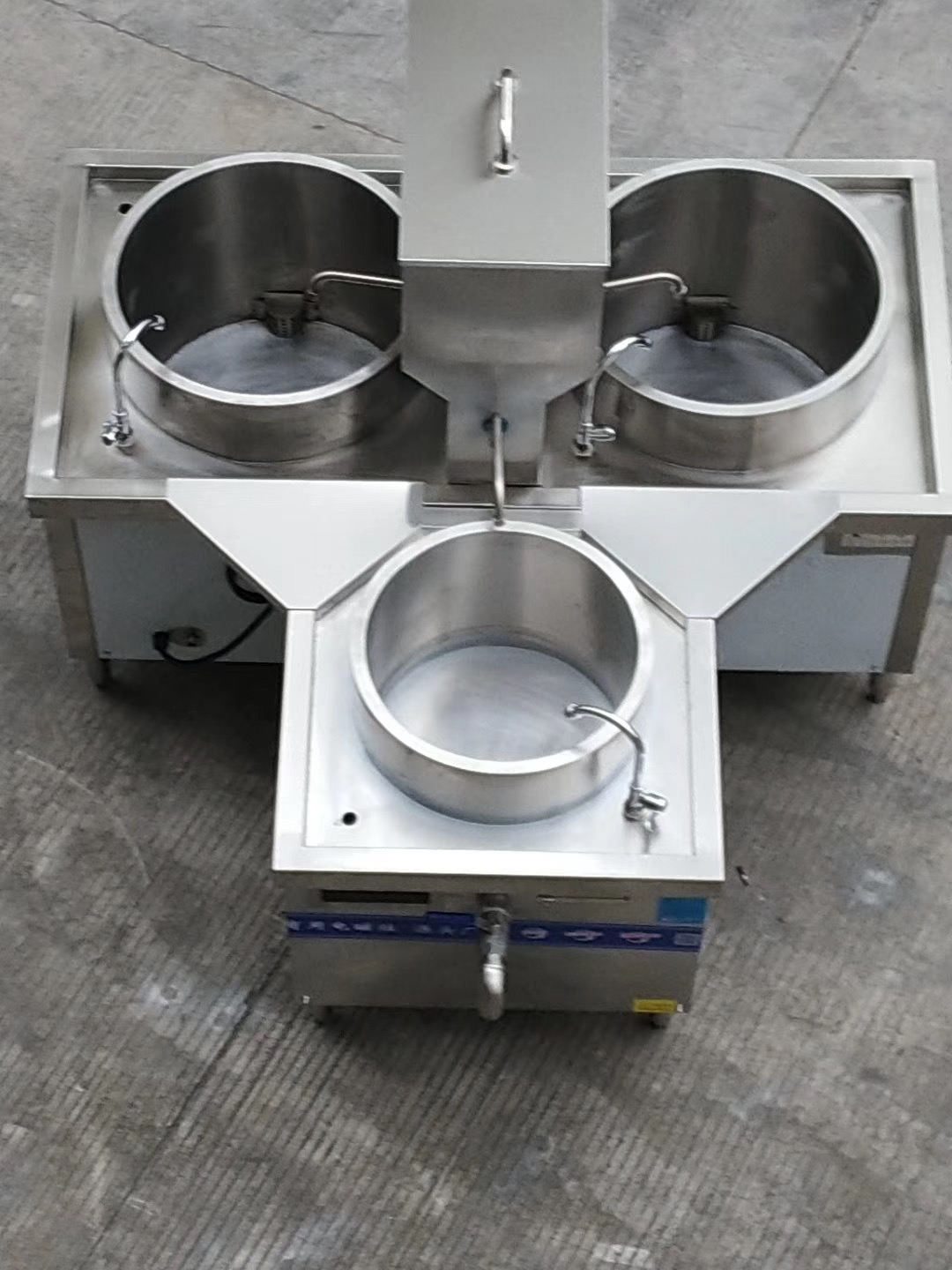
Common Pitfalls to Avoid
I’ve seen plenty of buyers regret their purchase due to these mistakes:
Buying Too Cheap: Models under $50 often cut corners on materials or safety. I tested a $30 portable cooktop that overheated after 15 minutes, rendering it useless for serious cooking.
Ignoring Size Needs: A single-burner portable cooktop is great for small kitchens, but a multi-zone model is better for families. Measure your space and cooking needs first.
Overlooking Ventilation: Induction cooktops need proper ventilation to prevent overheating. Ensure your kitchen has space around the unit, as I learned when a client’s cramped setup caused their cooktop to shut off mid-use.
Skipping Maintenance: Clean spills immediately to avoid damaging the glass. I once neglected a sugary spill, and it baked onto the surface, requiring hours of scrubbing.
Real-World Experience: My Journey with Induction Cooktops
Let me share a couple of stories to bring this to life. A few years ago, I bought a portable single-burner induction cooktop for $80 to use in my small apartment. It had a thick ceramic glass surface, 10 power levels, and a child lock. It was a dream for quick meals—boiling pasta in under 2 minutes and simmering curries with precision. But the touch controls were finicky in humid weather, and I had to clean the bladder-like fan vents regularly to keep it running smoothly.
On another occasion, I helped a client choose a built-in four-zone cooktop for their renovated kitchen. We went for a $500 model with flexible zones and a 2-year warranty. It handled everything from large woks to small saucepans, and the overheat protection saved them during a busy dinner party when a pot was left on too long. The only downside was the initial learning curve with the slider controls, but they got the hang of it in a week.

Market Trends: What’s Next for Induction Cooktops
The induction cooktop market is evolving fast, driven by smart home trends and sustainability. Some exciting developments I’ve noticed:
Smart Connectivity: New models integrate with apps for remote control or recipe-guided cooking.
Eco-Friendly Designs: Energy-efficient models with low standby power are gaining traction.
Portable Innovations: Compact, lightweight single-burner units are perfect for small spaces or camping.
These trends suggest induction cooktops will keep improving, offering more features for tech-savvy and eco-conscious cooks.
Maintenance Tips for Longevity
To keep your cooktop in top shape, follow these tips from my years of use:
Clean Regularly: Wipe the surface with a damp cloth and mild detergent after each use. Avoid abrasive scrubbers to prevent scratches.
Use Compatible Cookware: Stick to flat-bottomed, ferromagnetic pots to maximize efficiency and avoid surface damage.
Check Ventilation: Ensure air vents are clear of dust or grease to prevent overheating.
Store Properly (Portable Models): Keep in a dry, cool place to protect the electronics.
Is a High-Quality Induction Cooktop Worth It?
So, how do you know if an induction cooktop is high quality? Look for a durable ceramic glass surface, powerful and precise heating, robust safety features, and a solid warranty. A good model should feel sturdy, heat evenly, and be easy to use, saving you time and energy in the kitchen. Budget models can work for light use, but investing $100-$500 in a mid-to-high-end cooktop pays off for frequent cooks or large households.
By avoiding cheap, uncertified models and matching the cooktop to your needs, you’ll end up with a reliable appliance that elevates your cooking game. Whether you’re a busy parent, a culinary enthusiast, or a minimalist renter, a quality induction cooktop can be a game-changer.
I hope this guide helps you pick the perfect cooktop. Got questions or experiences to share? Let’s keep the conversation going in the comments!
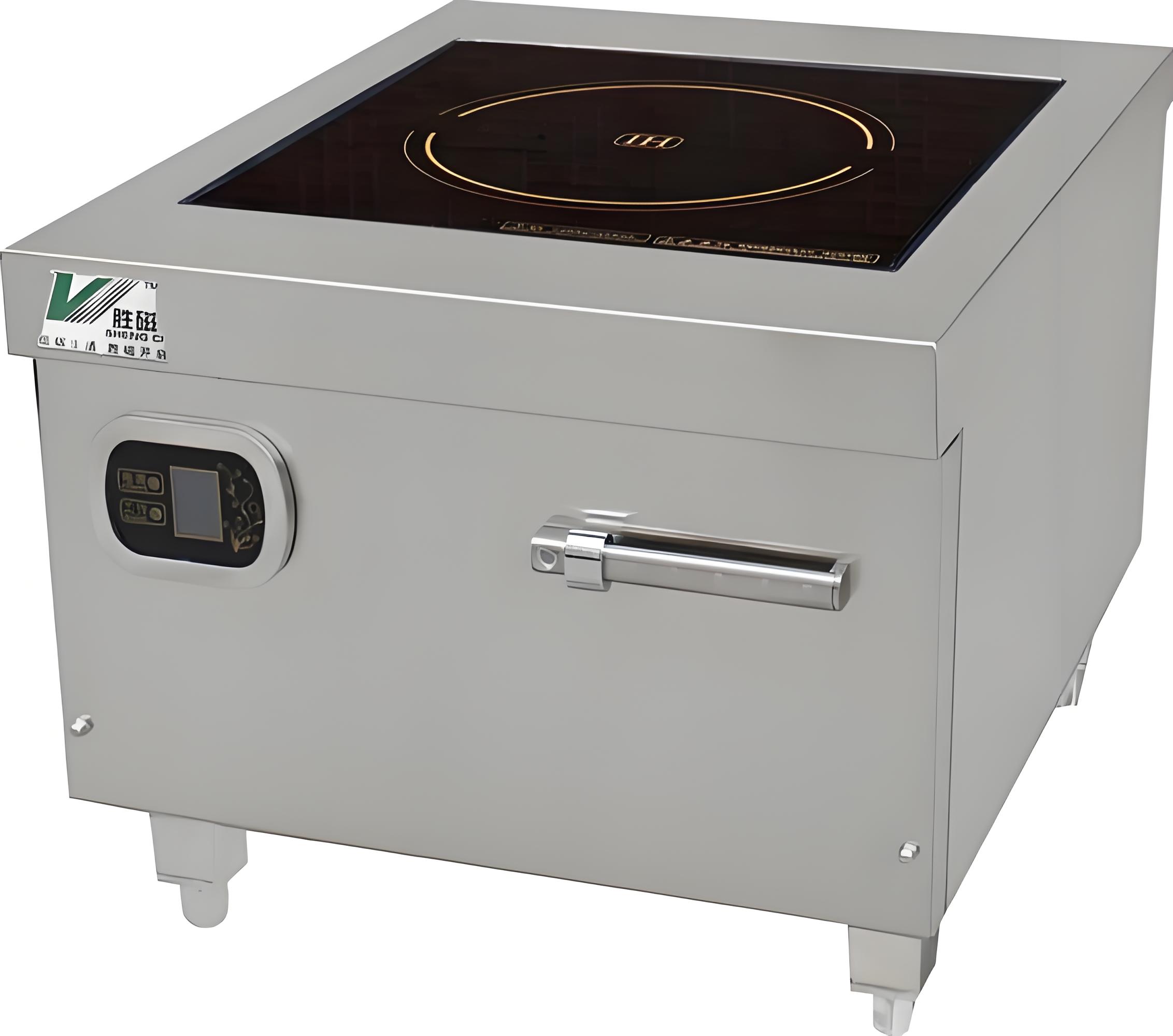
Related Q&A
Q1: How long should a good induction cooktop last?
A: A quality cooktop with proper care can last 5-10 years. Look for models with at least a 1-2 year warranty and durable materials like thick ceramic glass.
Q2: Can I use any cookware on an induction cooktop?
A: No, only ferromagnetic cookware (e.g., cast iron, stainless steel) works. Test with a magnet—if it sticks to the base, it’s compatible. Some models are more sensitive to different pot types.
Q3: Are portable induction cooktops as good as built-in ones?
A: Portable models are great for small spaces or occasional use but often have lower wattage and fewer zones. Built-in models are better for heavy, multi-pot cooking.
Q4: How do I avoid damaging the glass surface?
A: Clean spills immediately, avoid dragging heavy pots, and use flat-bottomed cookware. A microfiber cloth and non-abrasive cleaner work best for maintenance.
